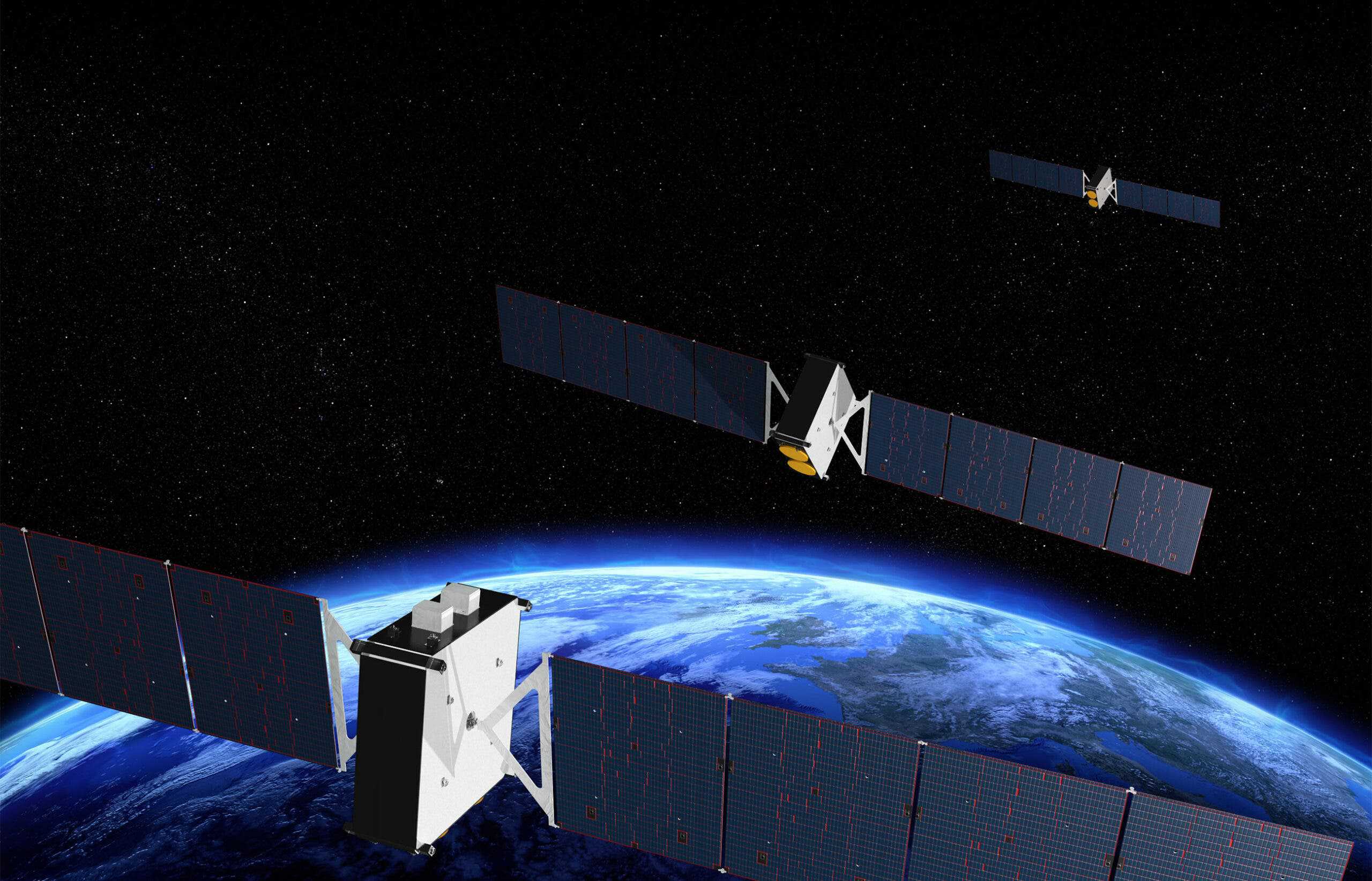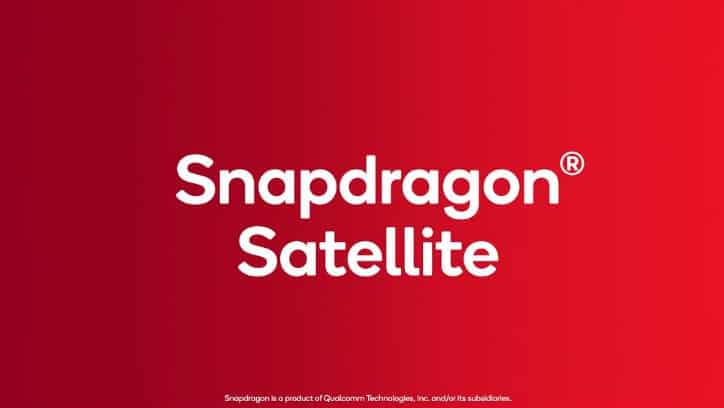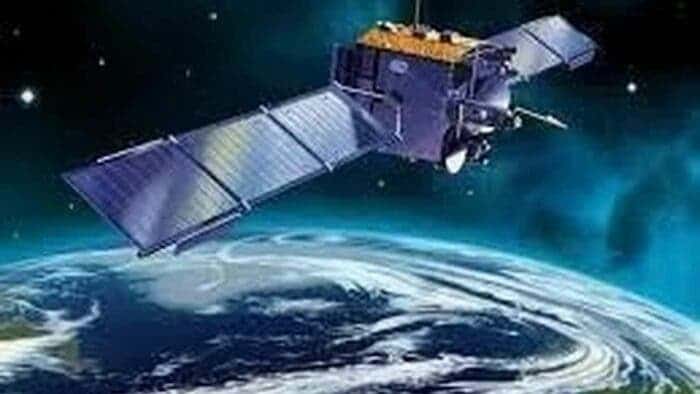At CES 2023, Qualcomm unveiled Snapdragon Satellite (SD Sat), the first satellite based two way messaging option for high end devices integrated into the Snapdragon 8 Gen 2 Mobile Platform. Today, Qualcomm revealed its collaboration with HONOR, Motorola, Nothing, OPPO, Vivo, and Xiaomi at the MWC 2023. These brands will launch mobile phones with satellite connectivity (Sat Comm) features using the just announced Snapdragon Satellite. From pole to pole, SD Sat provides global service. It supports SMS texting, other messaging apps, and two way emergency messaging for a range of uses. This includes crises or leisure in off shore, isolated, and rural areas.

The Iridium sat constellation, which supports low power, low latency sat comm using weather-resistant L band spectrum, is in low Earth orbit (LEO) and completely active. As the ecosystem develops, SD Sat will be accessible across all future 5G Modem-RF devices and Snapdragon Mobile Platform tiers (from 8 to 4 tiers). SD Sat will extend beyond cell phones to other device groups in the computing, transportation, and IoT sectors. OEMs and app makers will be able to stand out and provide unique branded services by utilizing sat comm as the ecosystem develops. As NTN satellite hardware and constellations become accessible, SD Sat is intended to enable 5G Non-Terrestrial Networks (NTN).

Regarding the partnership, Francesco Grilli, VP of product management, at Qualcomm Tech, Inc, said:
Our long-standing relationships with Honor, Motorola, Nothing, OPPO, vivo and Xiaomi are rooted in innovations and delivering exceptional connectivity experiences to consumers. By incorporating Snapdragon Satellite into next-generation devices, our partners will be able to offer satellite messaging capabilities thanks to a mature and commercially available global LEO constellation, which can allow subscribers around the world to communicate outdoors with emergency service providers, as well as family and friends.
MediaTek will also bring satellite connectivity to Android phones
On Sat Comm, Qualcomm and Samsung have already begun to work together. Android phone satellite access from MediaTek is expected to follow suit. Mobile phones will be able to communicate back and forth via satellite thanks to this tech. It is a component of an attempt to fill in the gaps networks leave behind in times of crisis. The company’s main goal is to make cell phones much better in terms of tech. At the moment, there are already plans to extend this tech into cars in the future.
Satellite networks aim to fill gaps in mobile coverage, providing a reliable way for devices to communicate in remote locations. With satellite-enabled smartphones, consumers can stay in touch while hiking, driving in remote areas, on a boat, or in other situations where there is traditionally no connectivity; this not only gives users peace of mind, but also enables them to call for help in emergencies.
All of this tech will probably be incorporated by the company into Bullitt, the first chipset with sat comm. These MediaTek elements will be found in the Moto Defy 2 and CAT S75 devices. Notably, while the Moto Defy 2 won’t be out for a few months, you can pre-order the CAT S75 right now.
The Moto Defy satellite connectivity will also provide sat access. Using the Bullitt Satellite link tech, the Bluetooth accessory will let customers link their Android phones to satellites. We can, in essence, use position sharing, emergency SOS, and two-way texting. In Q2, you can purchase it for $99 for a year. As an alternative, you can purchase it for $149 with 12 months of service and 30 two-way texts each month.
How this tech works
In many cases, mobile phone users face scenarios where they are out of network. At this point, they can not call or receive calls using the regular network. This is where sat. comm. comes in. Users can send emergency texts and perhaps make calls. However, it is good to note that the link is not as seamless as the regular network. Since the satellite is many KM away, it takes some time for the info to get to the satellite before it is rerouted to the receiver. People who go hiking regularly will find this feature attractive.





